This post is also available in: French
Jordan stirs up images of ancient sandstone architecture, narrow canyons, desert oases. The country’s ancient city of Petra is famous for its sandstone rock cut architecture and Wadi Rum is a desert wilderness cut into a narrow canyon south of Petra.
Settlement of this desert nation dates back nearly 200,000 years ago, while there is a rich array of Paleolithic settlement. Distinct settlements emerged in the Bronze Age, when the first fortified towns and urban centres grew in the Levant. Trading and mining became important parts of the economy.
Under Alexander the Great, Jordan flourished as part of the Hellenic empire, but following his death the empire split. A local power, the Nabataeans, took control. For the next few hundred years, the Nabataeans ruled, followed by the Romans and later the Byzantines. Arab caliphates followed, and finally the Ottoman Empire ruled the Levant. After World War I, a revolt against the Ottomans led to the Emirate of Transjordan in 1921. 20th and early 21st century politics in Jordan were fraught with terrorism and the Arab Spring, but the country quickly stabilised and is an oasis of peace in the Middle East.
Tourism in Jordan is booming, with sites like Petra, Wadi Rum, and the Dead Sea attractive places to visit. Culture and history play a large role in the country’s tourism infrastructure. My seven day Jordan itinerary highlights the history of Jordan, from the ancient city of Petra to the modern financial and technological hub of Amman.
A 7 day Jordan itinerary – things to do and see
Jordan itinerary: Day One – Amman to Wadi Rum
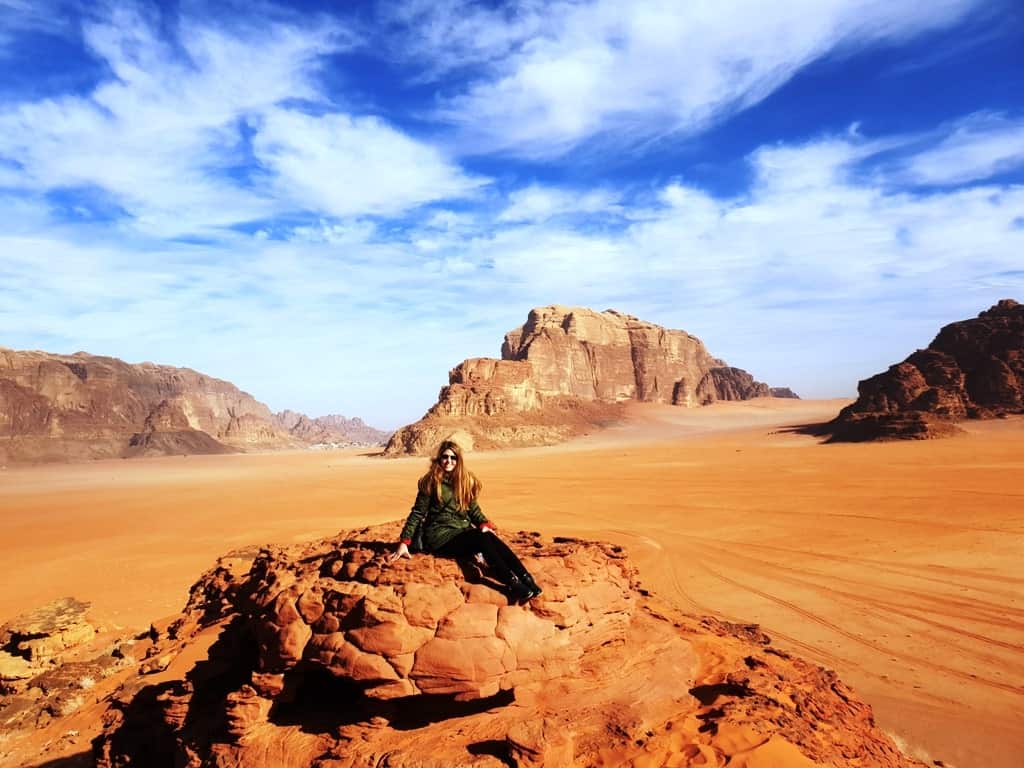
On your first day in Jordan, arrive in Amman and transfer directly to Wadi Rum, an UNESCO World Heritage Site. Wadi Rum, also called Valley of the Moon, is known for its narrow canyons and ubiquitous sandstone rocks. It is the largest wadi, or valley, in Jordan. The region has been inhabited for thousands of years; visitors to Wadi Rum can view prehistoric cave paintings, Nabataean ruins, and natural structures like rock bridges and arches.
Pass the night in a desert Bedouin camp, where you will enjoy a traditional Bedouin dinner. There are a variety of Bedouin camp styles. You can stay in unparalleled luxury at one of the bubble tent camps or rough it at a camp with shared facilities. All camps, however, feature tent-style accommodation, comfortable common lounge spaces, and meals.
Many of the camps also have activities to choose from, whether it be hot air ballooning, camel rides, bicycling, or hiking. This will surely be a wonderful introduction to seven days in Jordan!
You might want to check this out if you are planning a trip to Jordan with kids.
Where to stay in Wadi Rum
Wadi Rum Bedouin Camp
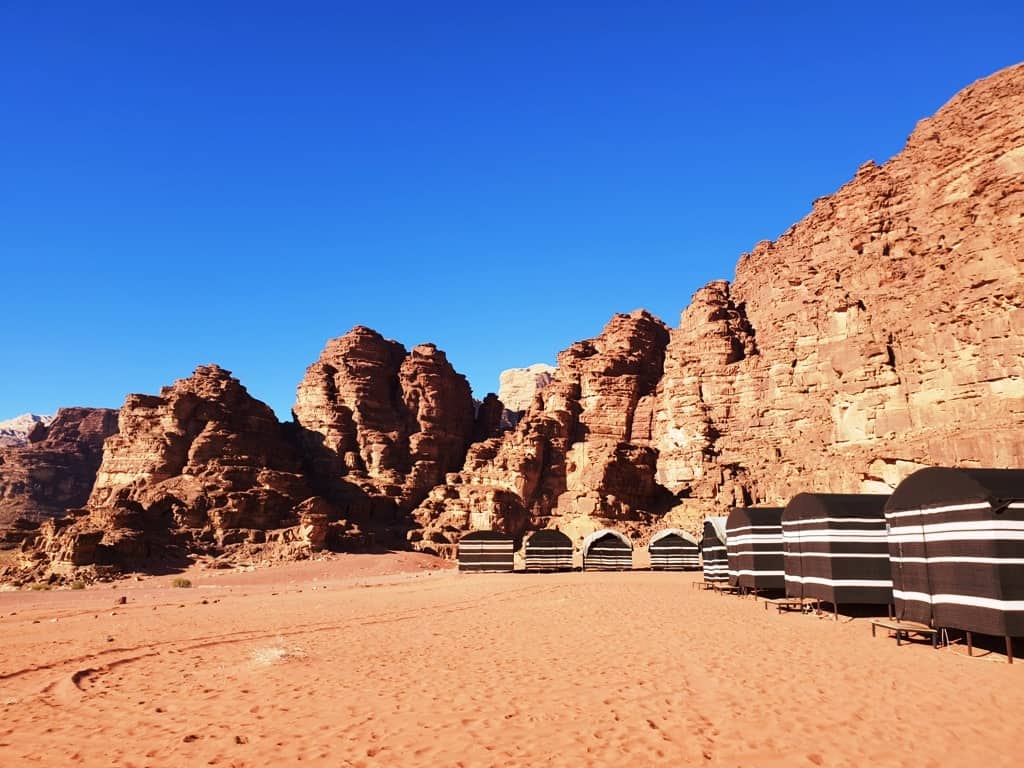
We had an amazing time at this camp. Mohammad and his family made our stay so enjoyable. The canp is situated in the middle of the desert. The tents are basic with sharing bathroom facilities but everything was extremely clean. The food at dinner was amazing, so was breakfast. The next day the arranged for us a camel safari and a desert safari which we truly enjoyed.
Click here for more information and to book this camp.
Jordan itinerary: Day Two – Wadi Rum Desert Safari
Day two in Jordan is spent enjoying a Wadi Rum desert safari tour. The tour begins with a short ride to the Lawrence spring. Named for Lawrence of Arabia, the popular attraction is tucked in a corner surrounded by dramatic scenery. Scramble up to the spring to enjoy the spectacular view of Wadi Rum. The next stop is at the red sand dune, where you can climb up the dune and run down. At Khazali Canyon, you can see ancient inscriptions among the waterhole. A short drive brings you to a rock bridge, called Little Bridge. From here, there are excellent views of the valley below. Finally, stop at T.E. Lawrence’s house, now in ruins. Little is left of the rock house built atop a Nabataean cistern, although legend says Lawrence stayed here during the Arab Revolt in 1918.
For lunch, enjoy a Bedouin meal at a nearby oasis. The tour company prepares a fresh lunch in a quiet, shady place where you can rest or walk around to the explore the area on your own.
Start the afternoon with a beautiful drive to the Mushroom Rock. You will stop here for a few minutes before continuing your ride through the yellow desert to Burdah rock bridge. Here, you can admire the rock bridge from the valley floor. The tour continues with a drive to the surprisingly green and narrow Abu Khashaba canyon. You can walk through the canyon, which takes about half an hour. The tour company will wait for you on the other side, at which time you’ll return to the Bedouin camp for a camel ride through the desert.
Following the camel ride, transfer to Wadi Musa and Petra, where you will stay the night.
Where to stay in Wadi Musa (Petra)
La Maison Hotel
La Maison Hotel is a 3 star hotel located just a five minute walk from Petra. The modern 76-room hotel has several restaurants, including an all-day restaurant, lobby bar and lounge, and a rooftop bar with panoramic views of the city. La Maison offers complimentary wifi to all guests.
Click here for more information and to check the latest price.
Mövenpick Resort Petra
The Mövenpick Petra is a luxurious five star hotel located at the entrance to Petra. With 183 rooms and suites, and several different restaurants, it is an ideal hotel for anyone wishing to stay in Petra. Some of the suites have direct views of Petra, while other rooms look toward the mountains. The hotel offers complimentary wifi to all guests.
Click here for more information and to check the latest price.
Petra by night
If you arrive in Petra on Monday, Wednesday, or Thursday you can experience Petra by night, which begins at 20:30 at the visitors centre. Petra by Night is a separate experience where visitors to Petra can explore the wonders of this ancient site by the light of 1,500 candles. In order to visit, you must have a normal Petra ticket, but you also must purchase the evening event ticket.
ⓘ TIP: Use the Internet safely while you travel by using a VPN service. It will encrypt your internet connection so that all the data that will pass between you and the VPN provider will remail secure.
Jordan itinerary: Day 3 – Explore Petra
On your third day in Jordan, you will explore the ancient city of Petra. It is best to be there around 7am to beat the crowds. Some of the most famous location within the ancient city are the Siq, which is the ancient main entrance to the city, the Treasury, a 40m tall facade, arguably Petra’s most famous, and the various tombs, most of which date to the first century AD.
Petra itself dates to the 1st century BCE, when it was the capital of the Nabataean Arabs, although the exact date of settlement is unknown. It is without a doubt one of the most famous archaeological sites in the world. The Nabataeans prospered through trade in myrrh, frankincense, and spices. Petra would have been a very important stop along the Silk Road.
The city was annexed into the Roman Empire and thrived until an earthquake in the 4th century. After this, its decline led to ruin. It wasn’t until the 19th century, when a Swiss explorer set out to find Petra, that it was rediscovered by the western world. In 1985, Petra was listed as a World Heritage Site by UNESCO
Jordan itinerary: Day 4 – Visit Little Petra & the Dead Sea
This morning, explore Little Petra, also known as Siq al-Barid. Little Petra is located north of Petra and Wadi Musa, in a much smaller area. Little Petra is free to access and is usually far less crowded that Petra itself, but it is a wonderful addition to a Petra visit. It is part of the Petra Archaeological Park and the UNESCO World Heritage Site. Archaeologists believe that Little Petra was built as a suburb of Petra, likely to house traders. One of the houses was discovered to have 2,000 year old Hellenistic frescoes, which are today considered more important than even the frescoes at Herculaneum. There is a nearby Neolithic site as well, also included in the park.
Following your explorations of Little Petra, you’ll transfer to your Dead Sea hotel.
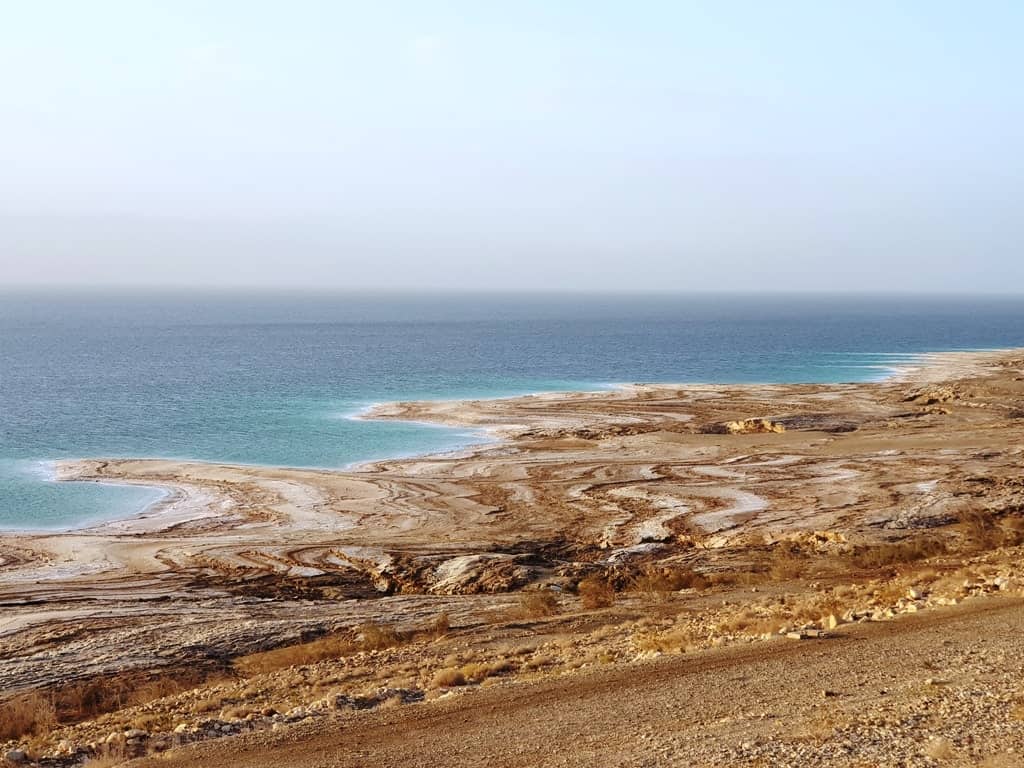
Where to stay in the Dead Sea
There are plenty of hotel choices at the Dead Sea, from five star luxury resorts to budget accommodation. Many are right at the shore, although there are several a little further away from the town. Some have private beach access.
Kempinski Hotel Ishtar Dead Sea
This five star resort in the Dead Sea, offers a private beach, outdoor pools, and a spa offering and sea salt treatments. All rooms have balconies with sea views and there is also a choice of restaurants and bars onsite.
Click here for more information and to check the latest price.
Holiday Inn Resort Dead Sea
This 5 star hotel offers a more budget friendly option to guests wanting to enjoy the Dead Sea. It offers a private beach, outdoor swimming pools and a selection of restaurants and bars.
Click here for more information and to check the latest price.
Jordan itinerary: Day 5 – The Dead Sea & around
On your fifth day in Jordan, spend the morning in the Dead Sea before transferring to Amman. The Dead Sea, which lies between Israel and Jordan (and the Palestinian West Bank), is famous for its salinity, and its mineral rich black mud is used in beauty treatments. Its high saline (salt) content means that nothing can live here, hence the name Dead Sea. At the same time, the high salt content allows humans to float on the surface rather than swim. It is 9.6 times saltier than the ocean.
Bethany Beyond the Jordan
After leaving the Dead Sea, you’ll stop at Bethany Beyond the Jordan, Mount Nebo, and Madaba. Bethany Beyond the Jordan is widely considered the baptismal place of John the Baptist. When peace between Jordan and Israel was restored, archaeologists excavated over 20 Christian sites, including baptismal fonts, churches, prayer halls, and a water supply system that dates back to the Roman and Byzantine periods.It is located just north of the Dead Sea along the Jordan River, 40 miles south of Amman.
Mount Nebo
Mount Nebo is known as the spot where Moses saw the Holy Land from. From the summit, one can see the Jordan River Valley, the city of Jericho, and – on a very clear day – Jerusalem. In both Christianity and Islam, people believe Moses is buried on Mount Nebo (there is some dispute though) and it is also believed that the prophet Jeremiah hid the Ark of the Covenant on the mountain.
Madaba
Madaba, the city of mosaics, is home to the Orthodox Saint George Cathedral, church of the Apostle. In 1896, someone discovered a mosaiced map of the Holy Land on the floor of the church. Made from more than a million pieces of coloured glass, the map was designed and assembled in the 6th century. It is considered the most accurate pre-cartographic map of the Holy Land. Since then, other mosaics have been uncovered in other Madaba churches, leading to the name of city of mosaics.
Finally, arrive in Amman and check into your hotel.
Where to stay in Amman
W Amman
This 5-star hotel located in Abdali, an up and coming neighborhood in downtown Amman is considered one of the best hotels in the Jordan capital. It offers luxurious, modern rooms with floor to ceiling windows, coffee and tea making facilities, free wi-fi and a cable TV among other amenities. Onsite you will also find spa facilities, a swimming pool and a selection of restaurants and bars.
Click here for more information and to check the latest price.
Gallery Guest House
A more budget friendly option in downtown Amman, this small guest house offers spacious rooms with air-conditioning, free Wi-Fi, and a flat screen TV with satellite channels.
Click here for more information and to check the latest price.
Jordan itinerary: Day 6 – Jerash, Ajloun, Umm Qays
Jerash
This morning, depart Amman for Jerash, a city north of Amman known for its Greco-Roman ruins. Settled by Arab tribes in the 1st century BCE, the city flourished under the Greeks and Romans, well into the 800s, when it was almost devastated by earthquakes. In the 12th century, the Temple of Artemis was converted into a fortress, but the city was ultimately destroyed and abandoned during and after the Crusades.
The Greco-Roman city of Gerasa was founded on the site by Alexander the Great. In the 1st century AD it was annexed into the Roman Empire. A 7th century Byzantine church has mosaiced floors with Hebrew-Aramaic inscriptions, leading some to believe it was originally a synagogue. Under the later Umayyad Caliphate, the city was a leading producer of ceramic lamps.
A day in Jerash allows you to see many of the ancient sites, from the famous colonnaded street to the Tetrapylon of Jerash and Hadrian’s Arch. There are numerous Corinthian columns, several theatres, both large and small baths, and an almost complete city wall. In 2018, a number of statues were found, mostly of Aphrodite and Zeus.
Ajloun Castle
Ajloun Castle was built in the 12th century by the Ayyubids, and enlarged in the 13th by the Mamluks. It is located on top of a hill, the perfect place to defend the surrounding wadis from, and was built on top of an earlier Christian monastery. The castle ruins are open to visitors and include a small museum featuring some of the archaeological artefacts from the region.
Umm Qays
Umm Qays is a town at the border of Jordan, Israel, and Syria. It is known for its proximity to ancient Gadara. Gadara was an important Hellenic city, situated in a defensive position at the confluence of three steep ravines. Both the Greeks and the Romans contributed to the important architecture found here, from underground water tunnels to prominent paved and colonnaded streets and temples. Gadara continued to be important in Roman times, but following the Arab conquest it was destroyed by an earthquake in the 1st century AD.
From Umm Qays, visitors can see the Sea of Galilee, Golan Heights, and Tiberias, Israel.
You might also want to check out my post about the best historical places to visit in Jordan.
Jordan itinerary: Day 7 – Amman, flight back
On your seventh day in Jordan, take a city tour of Amman, the capital city, before your departure. Settled during the Neolithic era, Amman is now one of the most modern Arab cities. With a population of over 4 million, it is the economic centre of the Levant.
Some of the important and most popular tourist attractions in Amman include the Jordan Museum, Qasr al-Abd, the Umayyad Palace and Amman Citadel, and the Roman theatre. A city walking tour will highlight the cultural and architectural changes that happened in Amman over the millennia, and bring your seven day Jordan itinerary to a close.
If you are a fan of scuba diving and snorkeling you should add a few days in Aqaba to your Jordan itinerary.
We got around Jordan with a private driver which I totally recommend. You can find him here.
The Jordan Pass
The Jordan Pass should be one of the first things you purchase before traveling to Jordan. The discount program makes it easier and cheaper for you to discover everything that the country has to offer.
It allows entry into 36 different tourist sites across all of Jordan and comes in three different prices levels:
- JD60 (US$98) – 1 day to visit to Petra, free entry to 40 attractions, digital brochures and not paying entry visa fees.
- JD75 (US$106) – 2 day visit to Petra plus everything mentioned above.
- JD80 (113 USD) – 3 day visit to Petra + all of the above.
Jordan is a very interesting country, with thousands of years of history. Its unique cultural influences from North Africa, Eastern Asia, and the Greco-Roman Empires has made this a country of incredible juxtapositions. With modern cities adjacent to ancient ones, and a booming tourism economy, Jordan is poised at the forefront of the Arab world. My seven day Jordan itinerary highlights Jordan through the centuries, bringing the exciting adventure and important cultural influences together in a comprehensive and cohesive itinerary.
Do you have any questions while planning a trip to Jordan? Leave a comment or send me an email.
Disclaimer: This post contains an affiliate link. This means that should you click on certain links, and then subsequently purchase a product, I will receive a small commission. It costs nothing extra to you but helps keep my site running. Thank you for supporting me in this way.

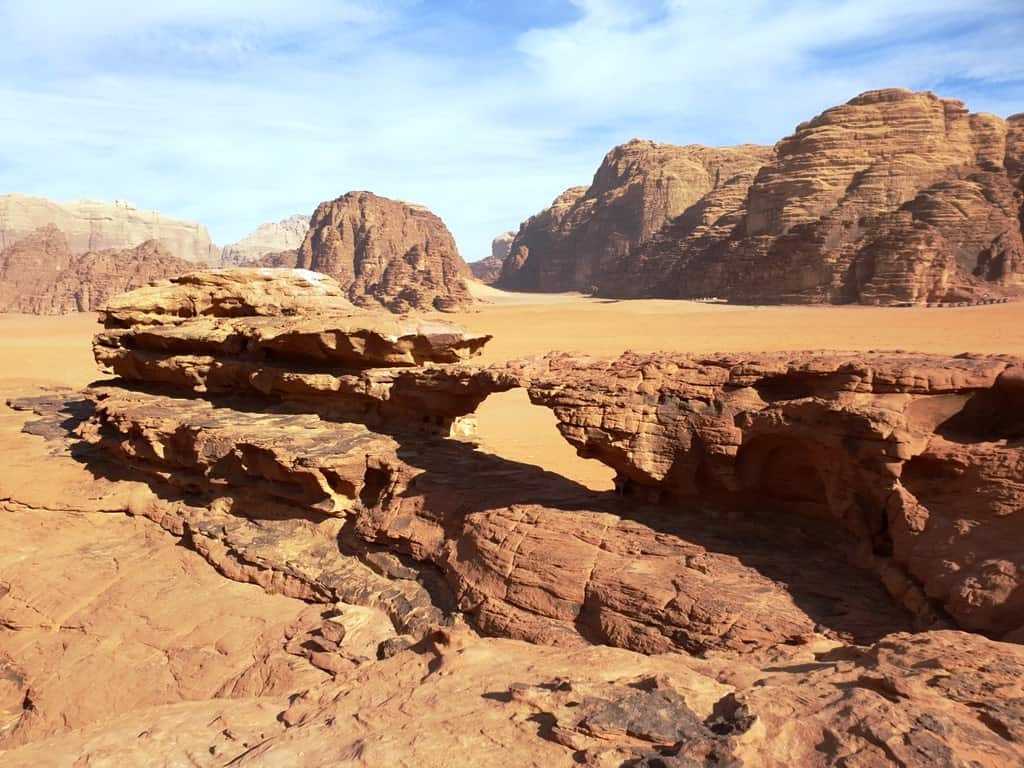

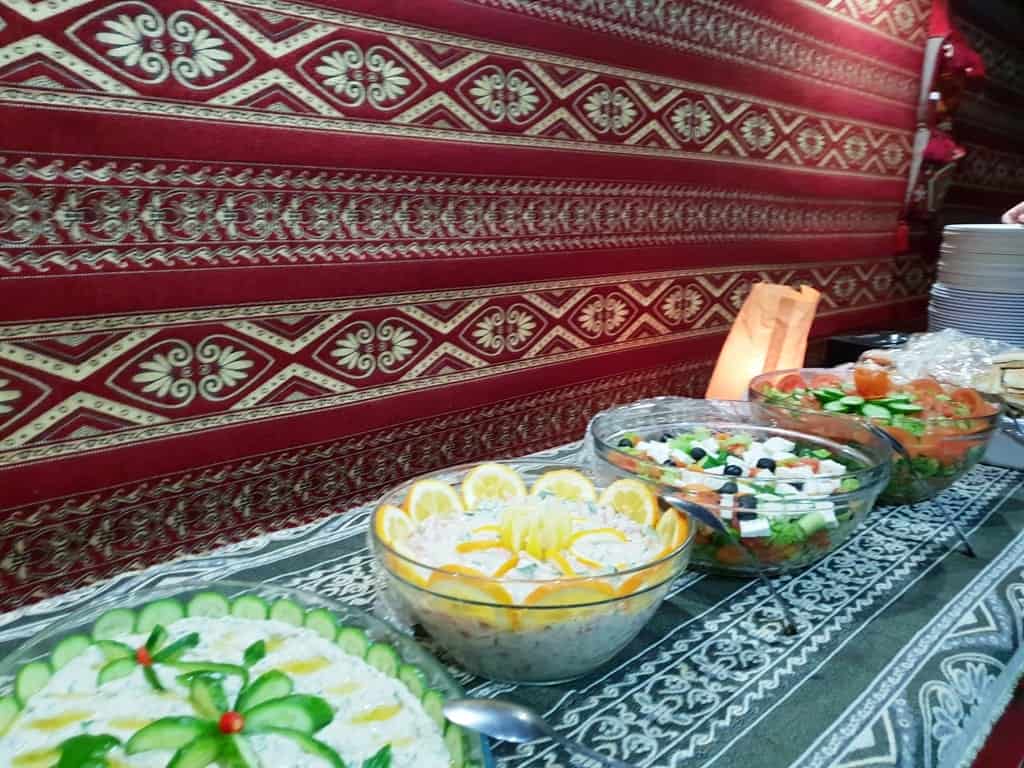
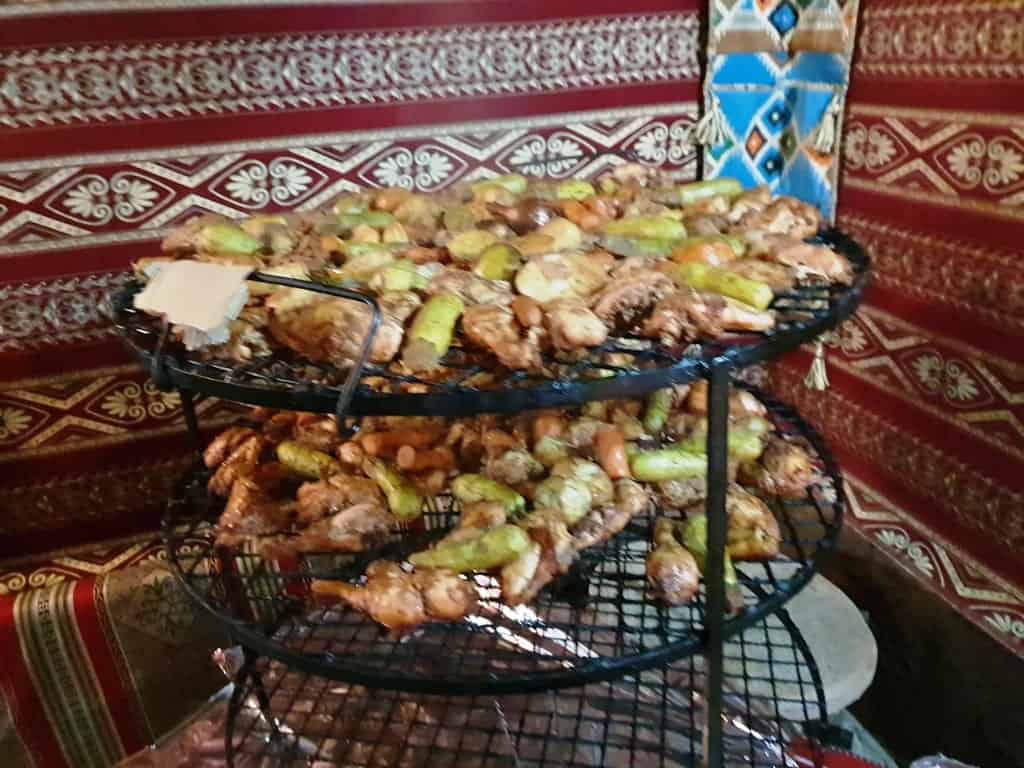
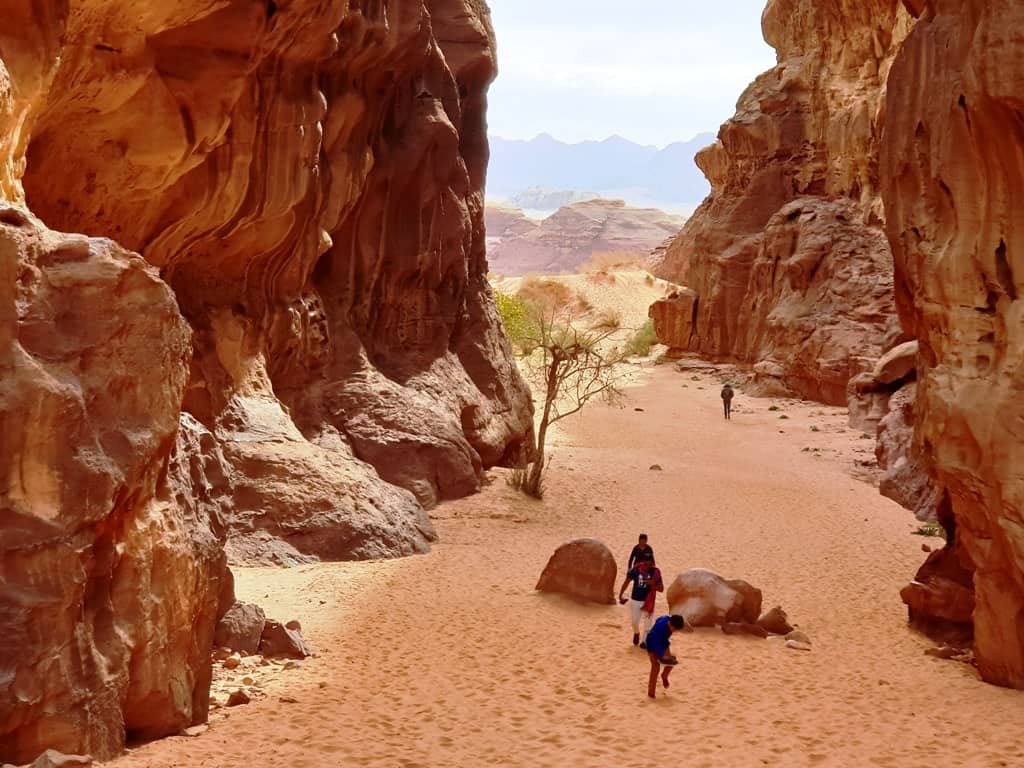
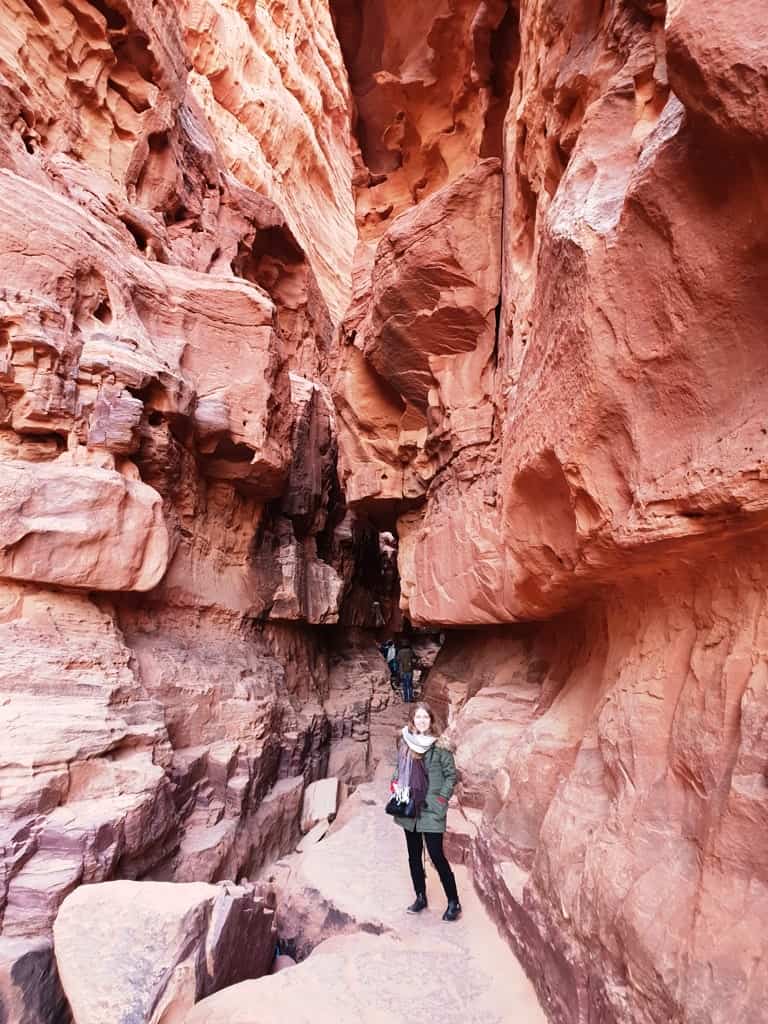
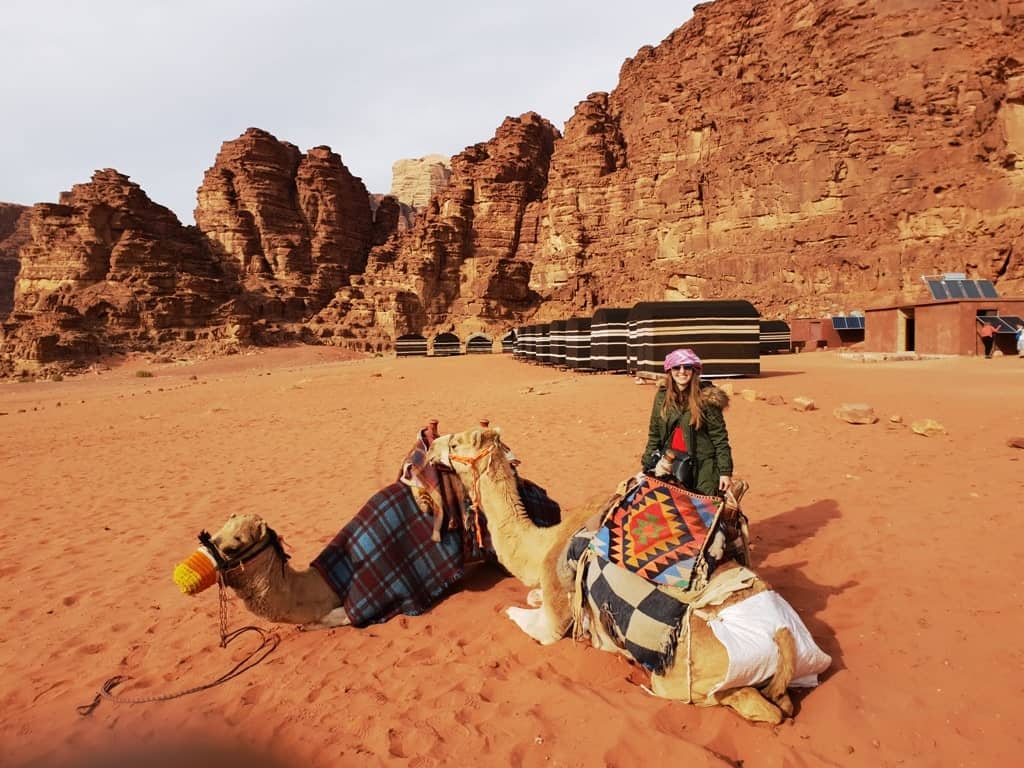
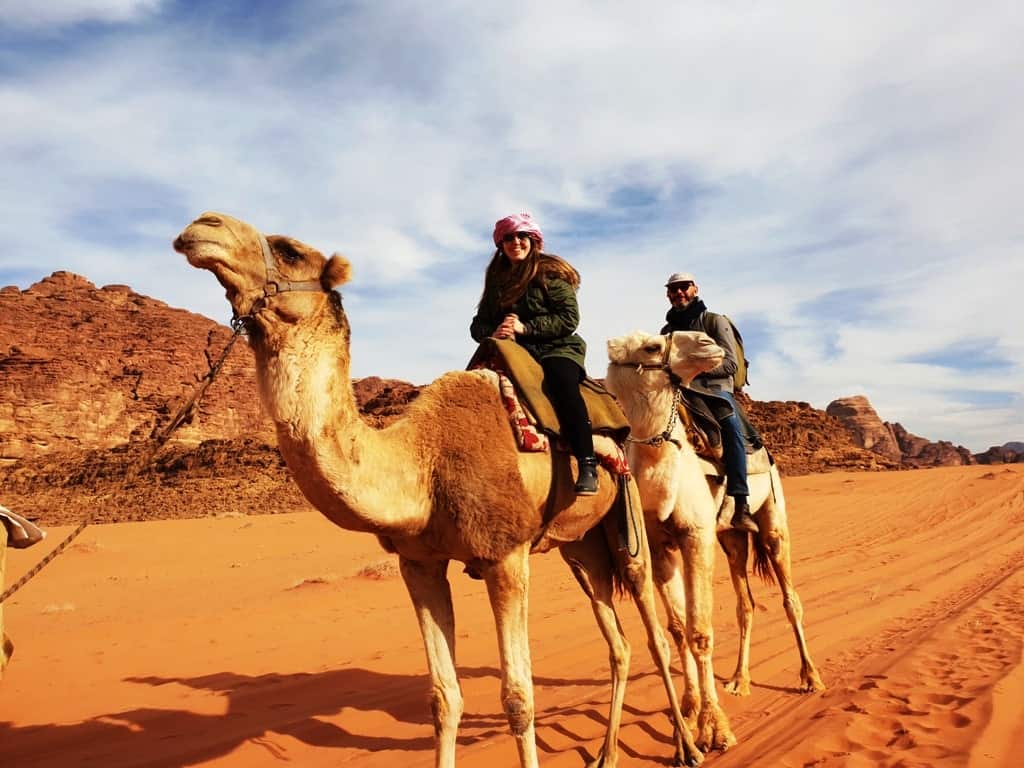
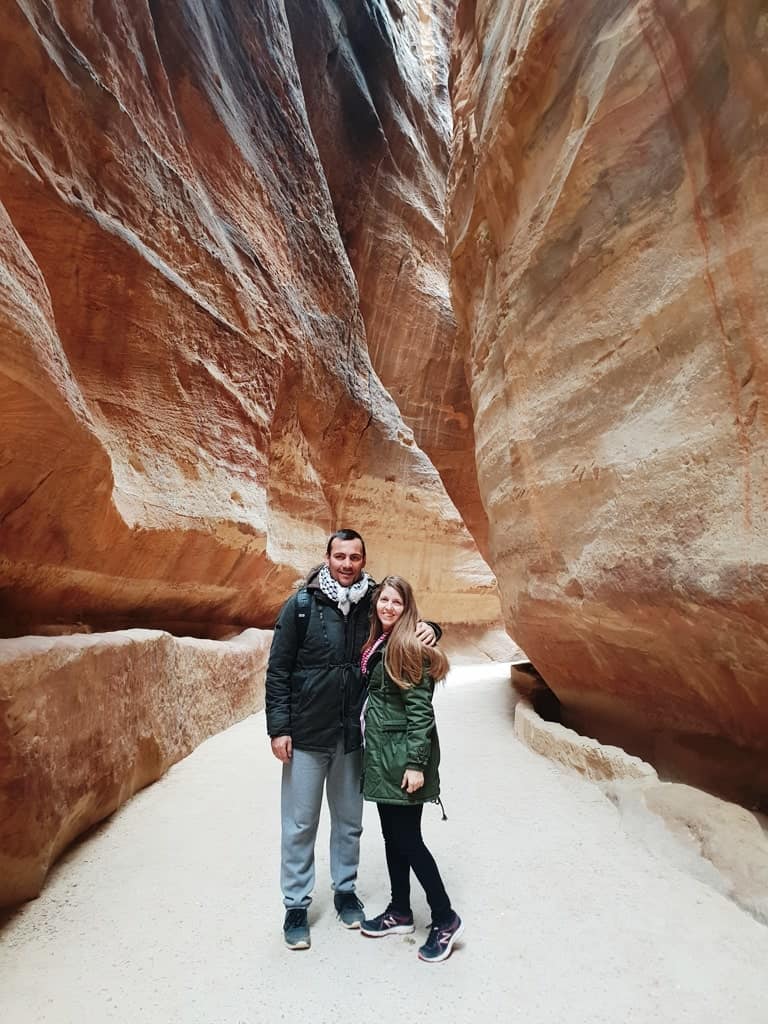
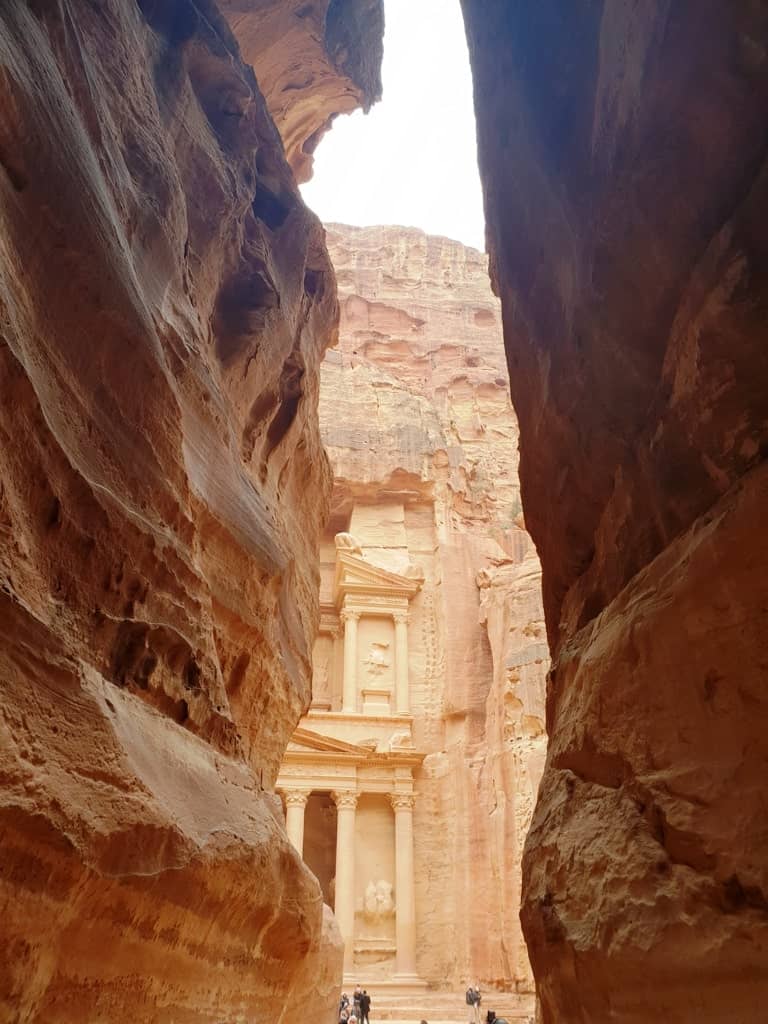
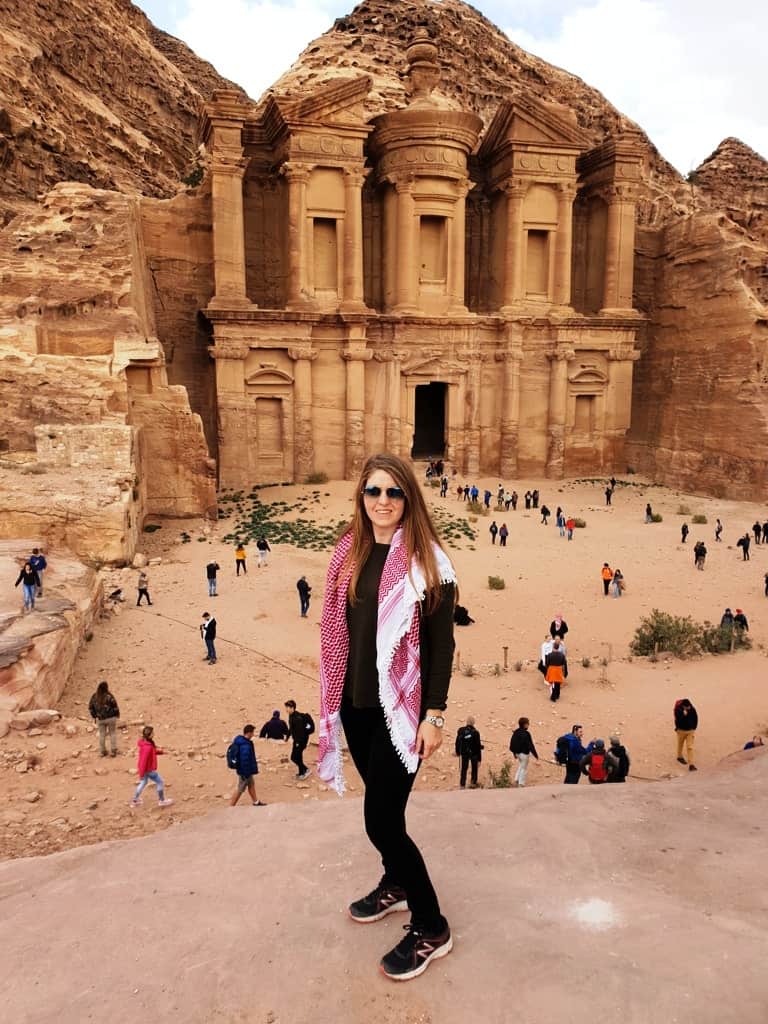
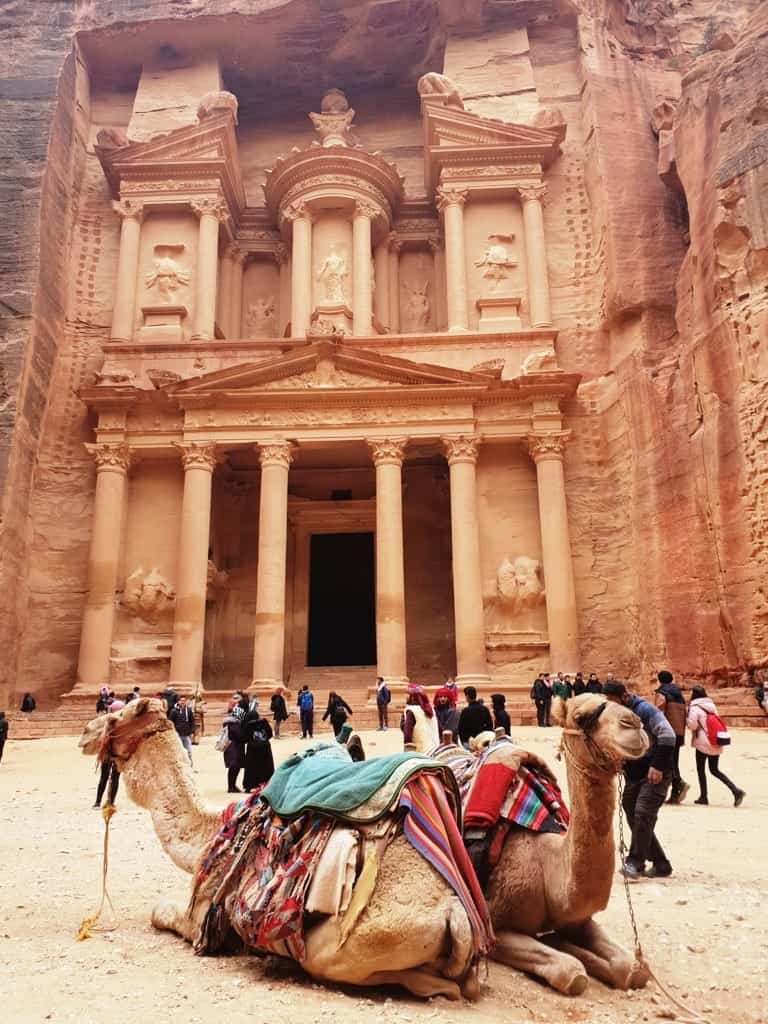
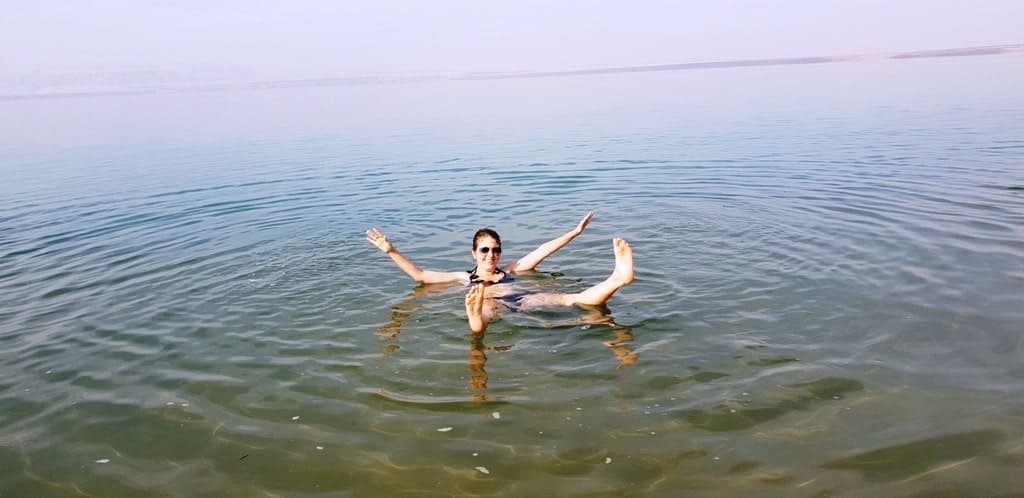
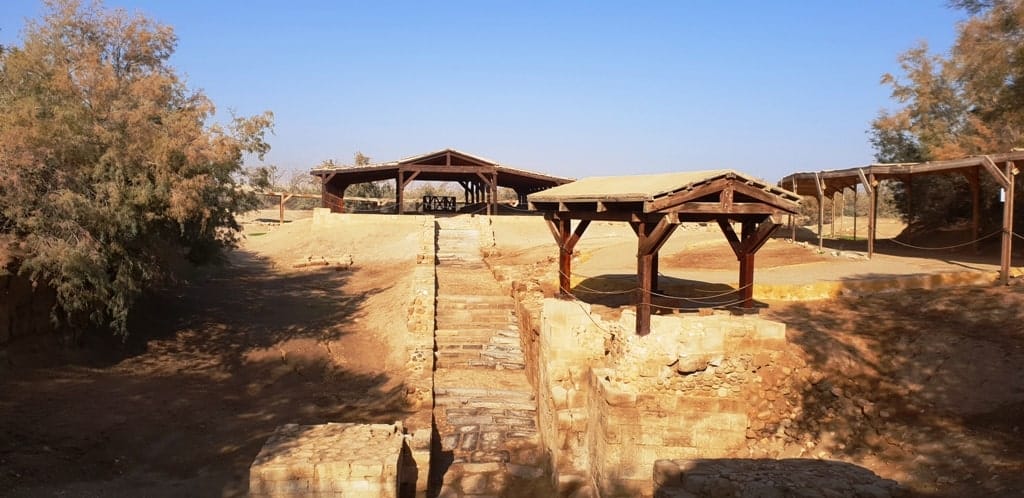
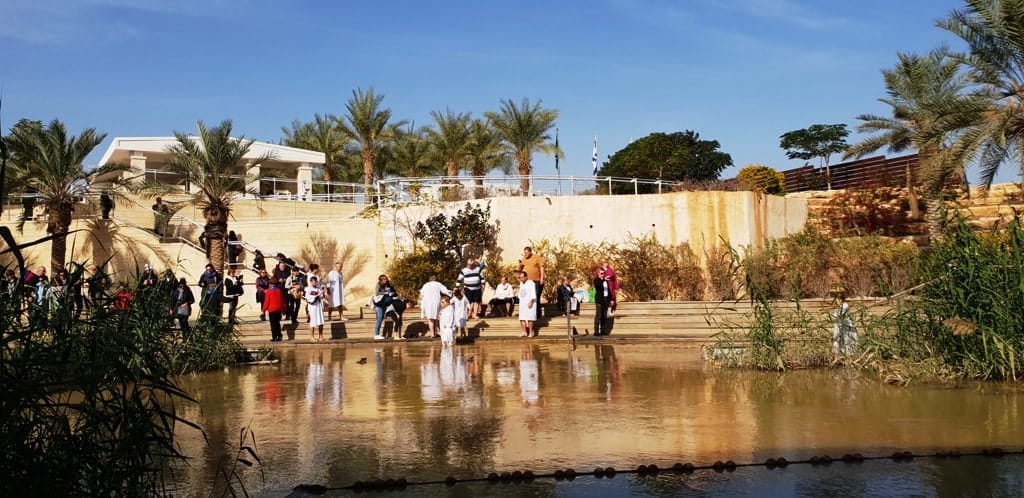
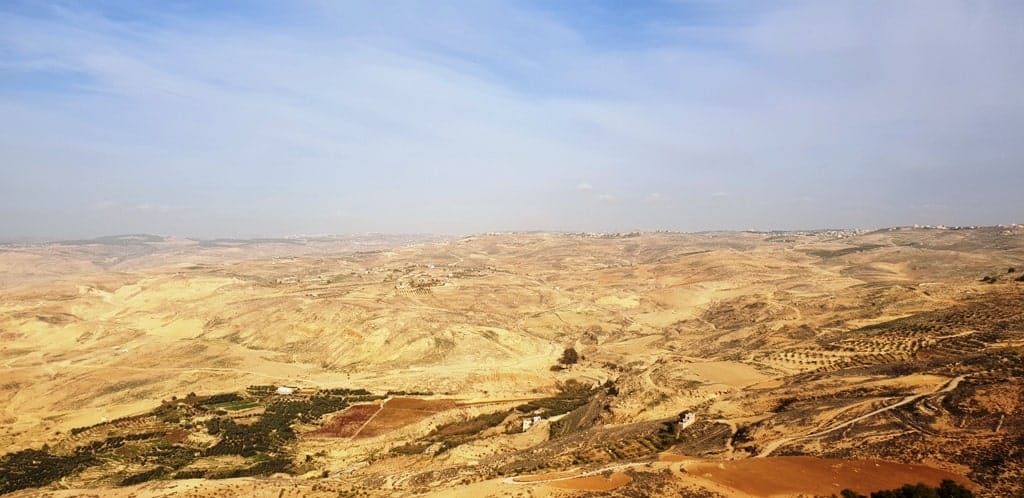
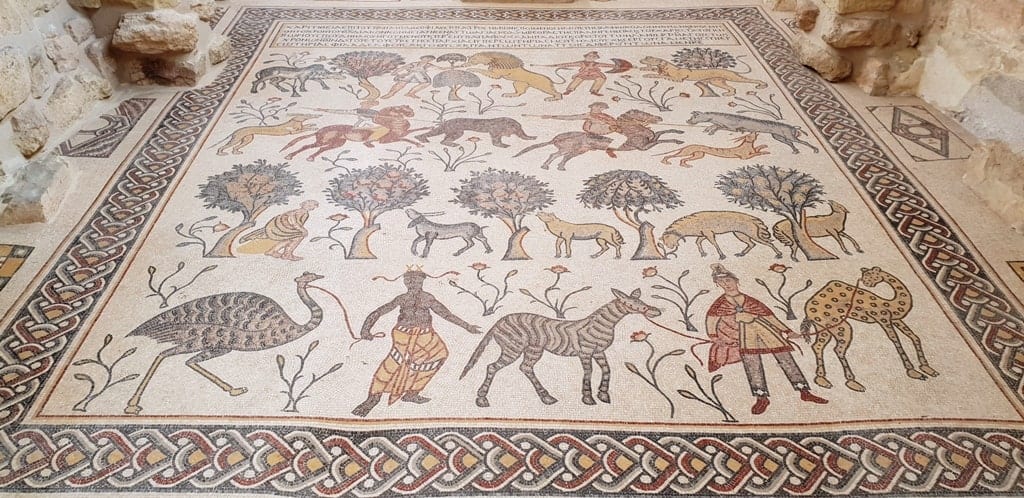
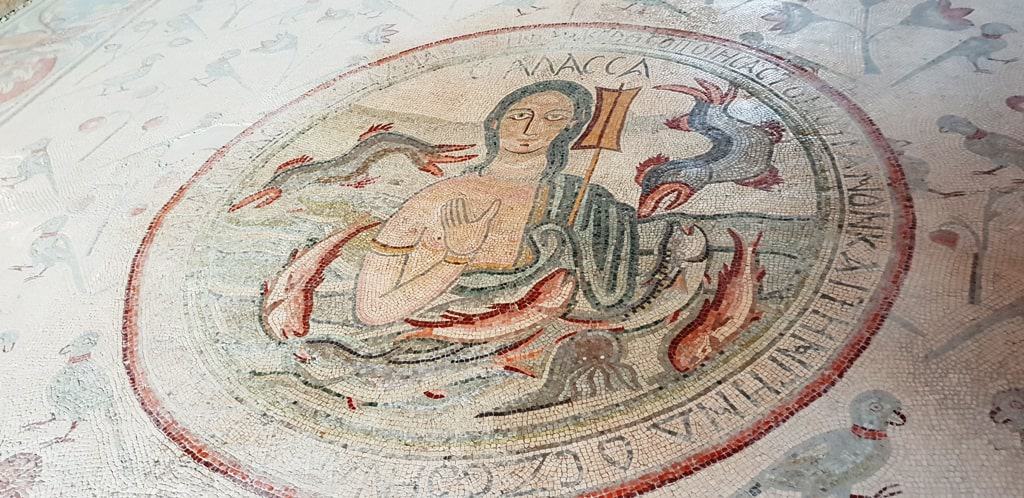
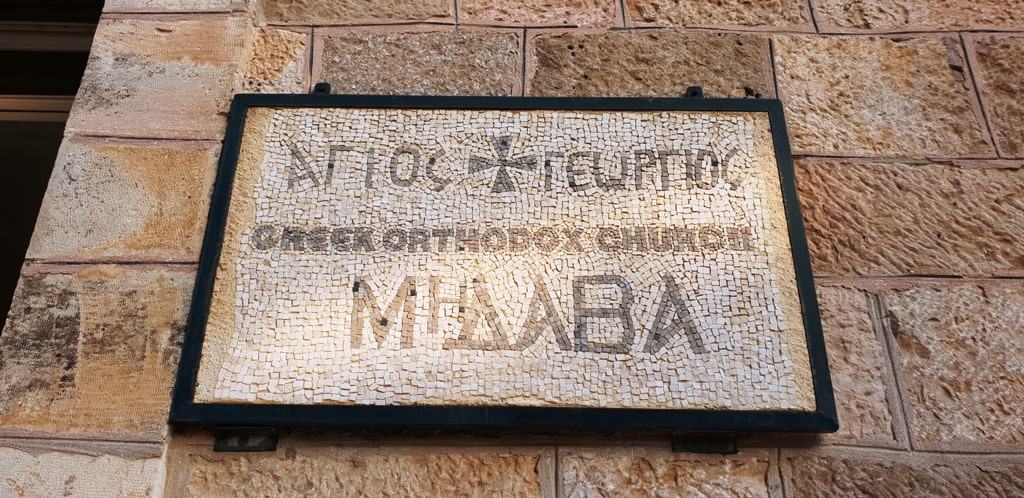
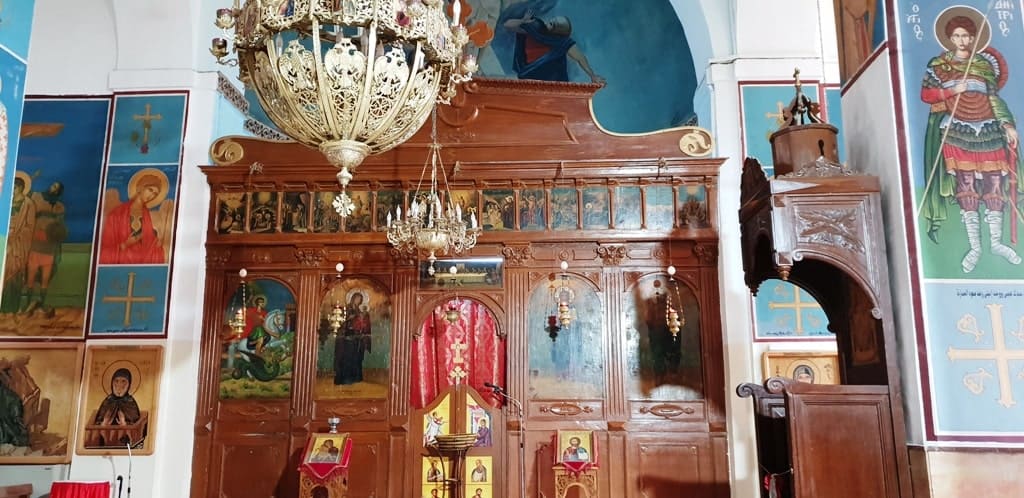
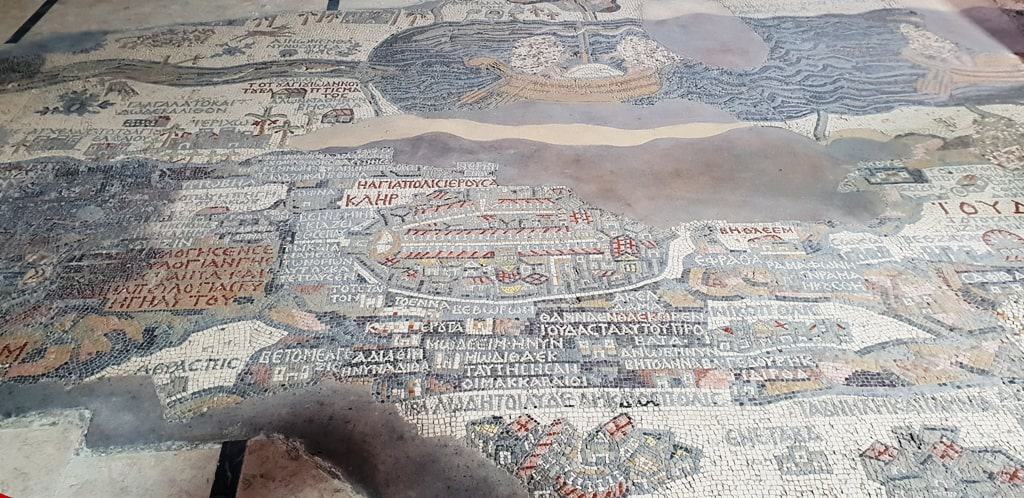
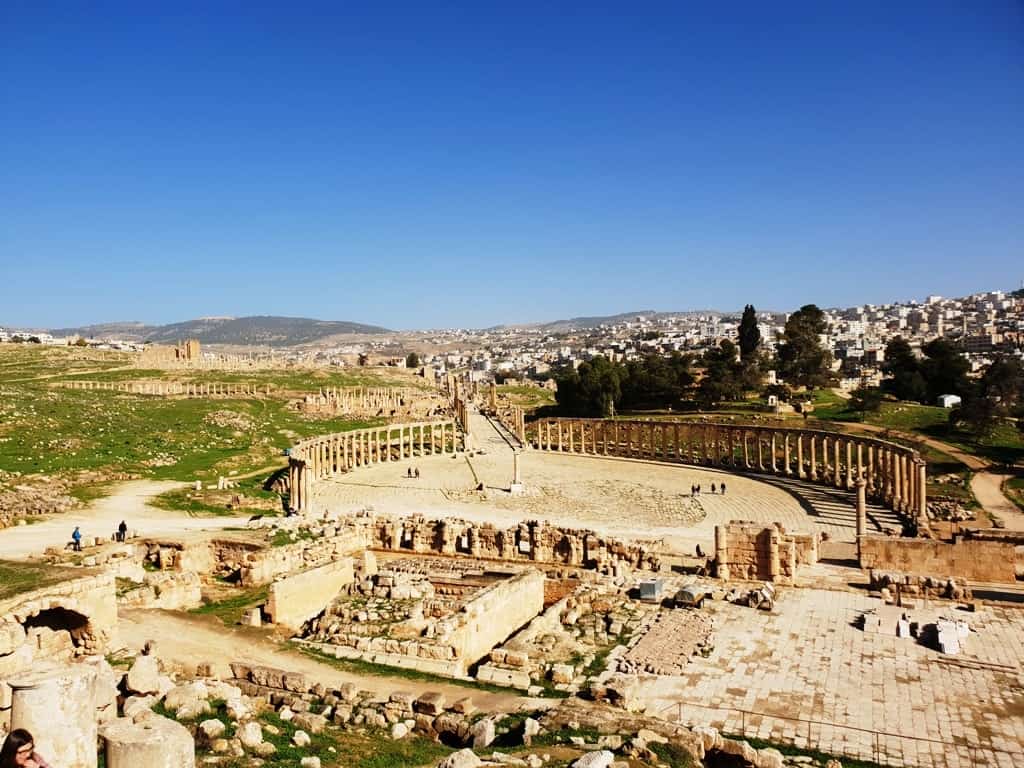
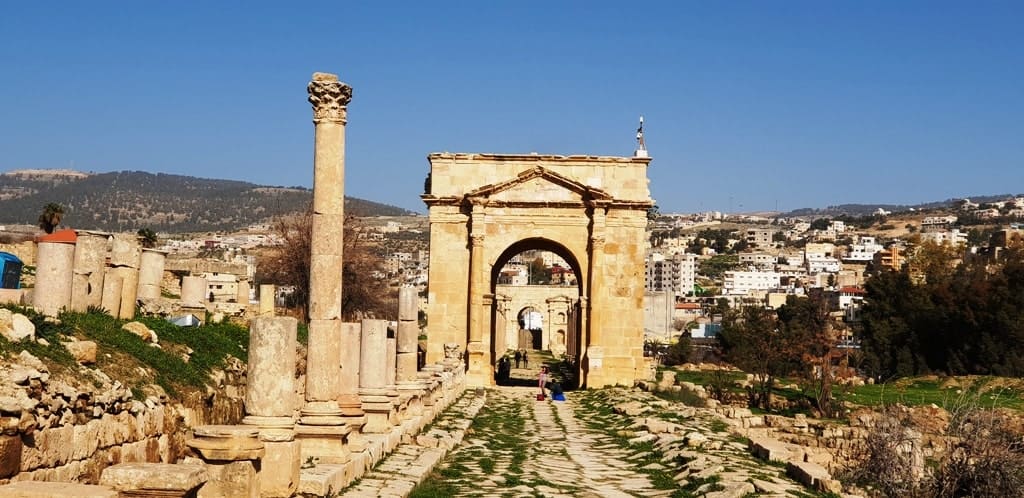
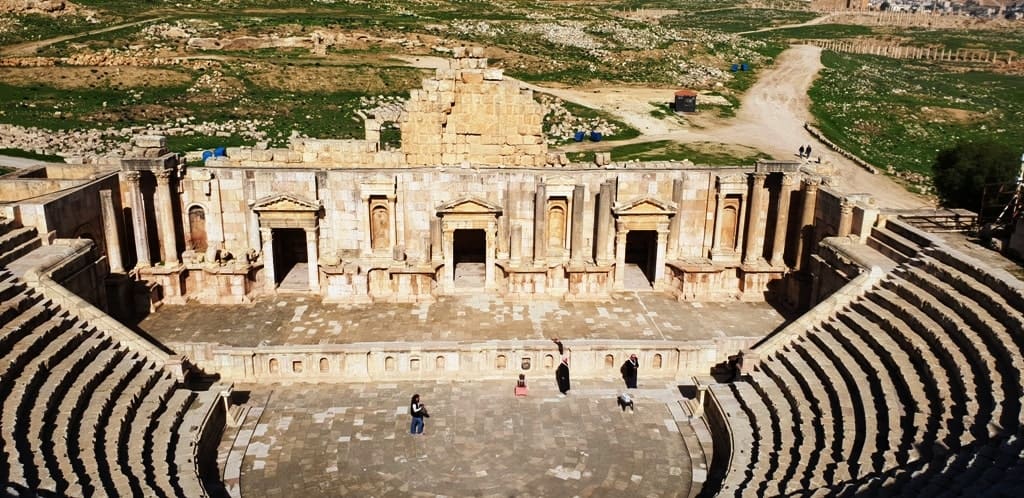
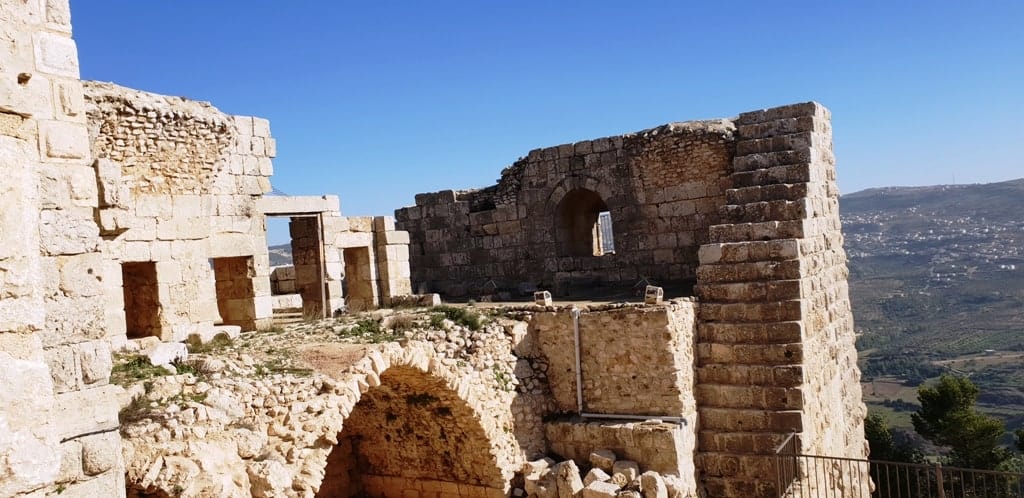
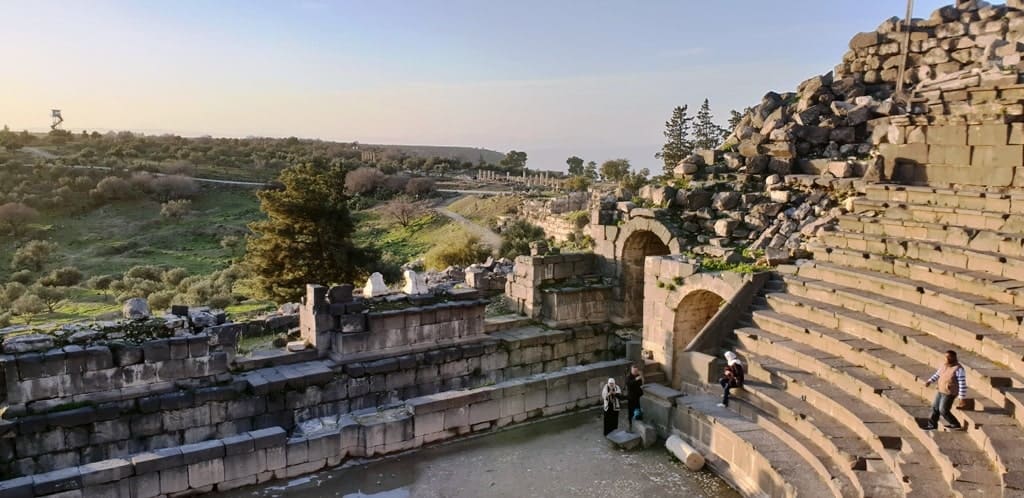
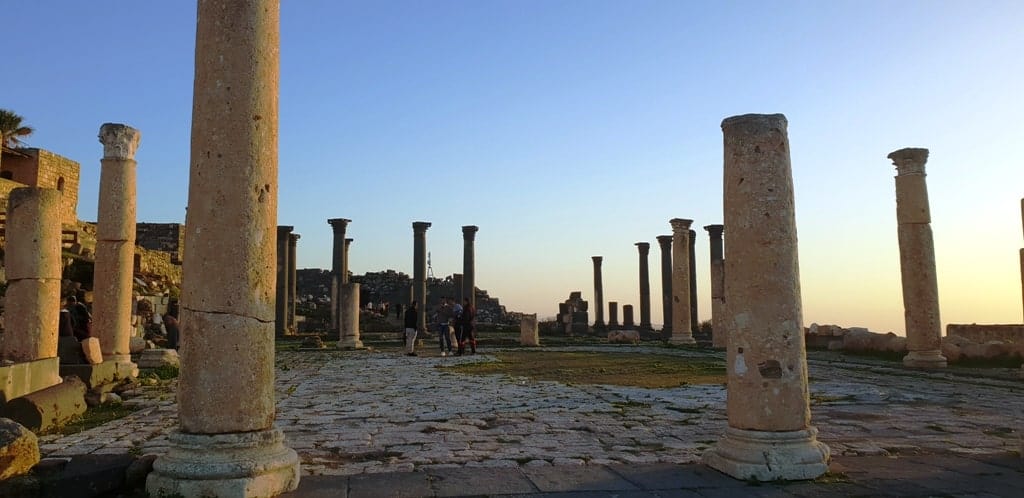
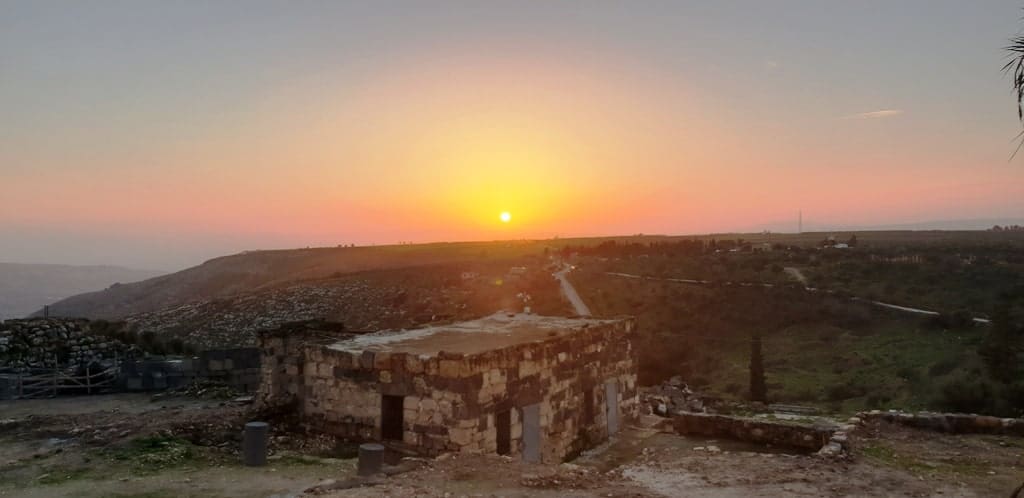
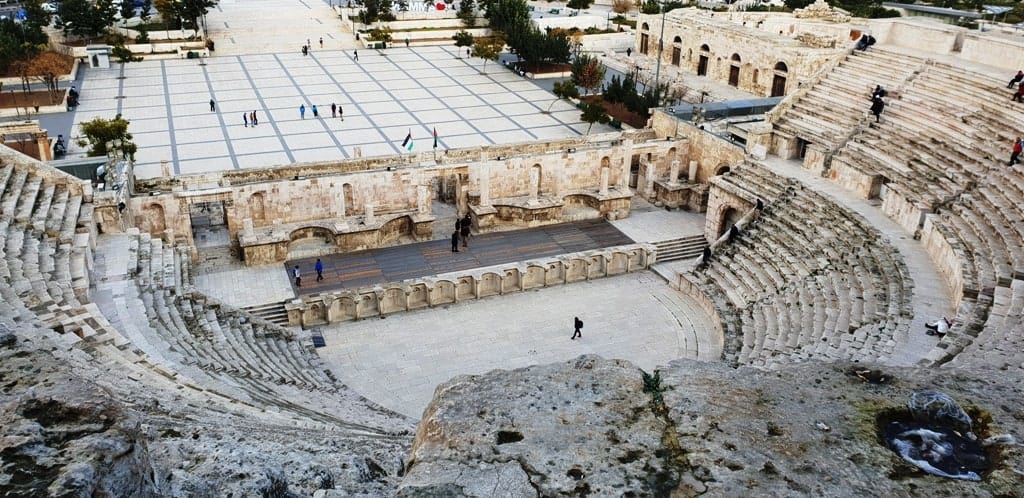
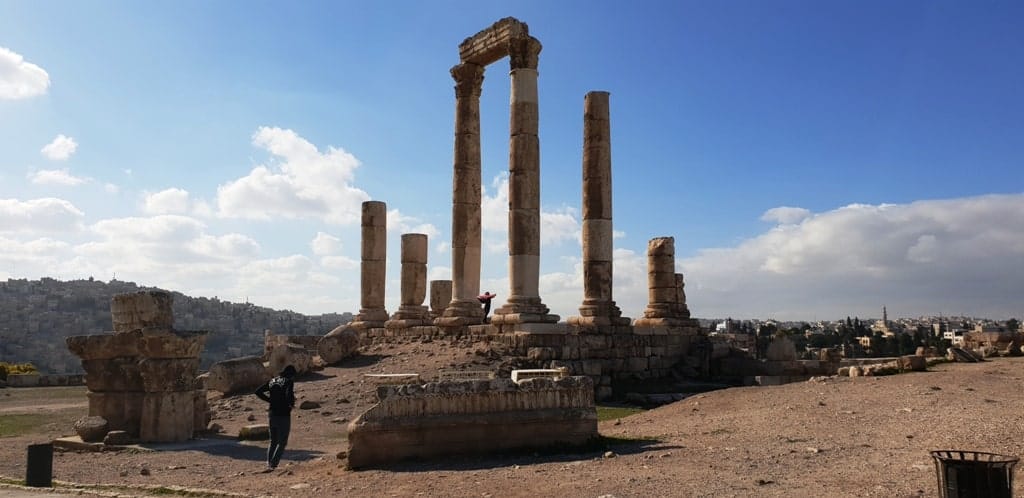
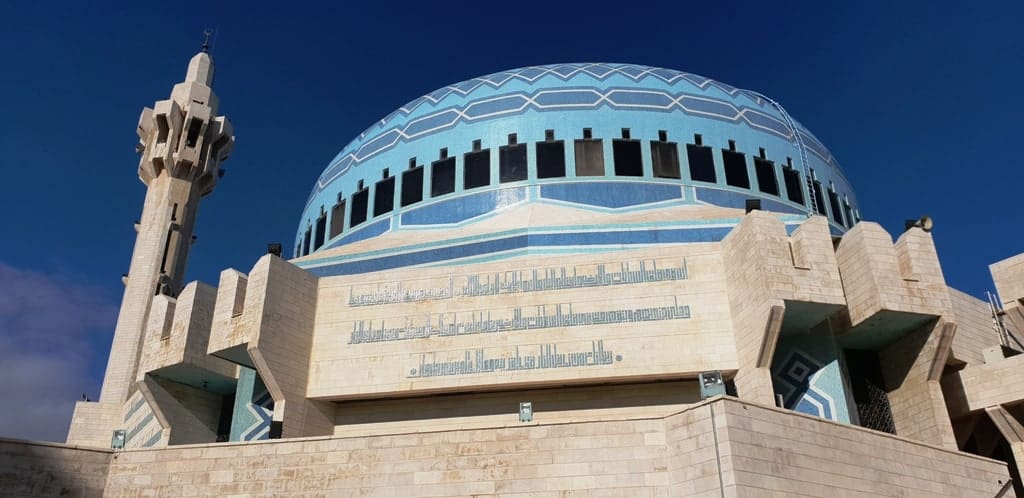
I went to Jordan back in May 2017, and I had the best time! I did pretty much everything here on your list too. One thing you’ve not mentioned much of is the street art everywhere in Amman, which is definitely worth a look I can’t wait to go back to Jordan! x